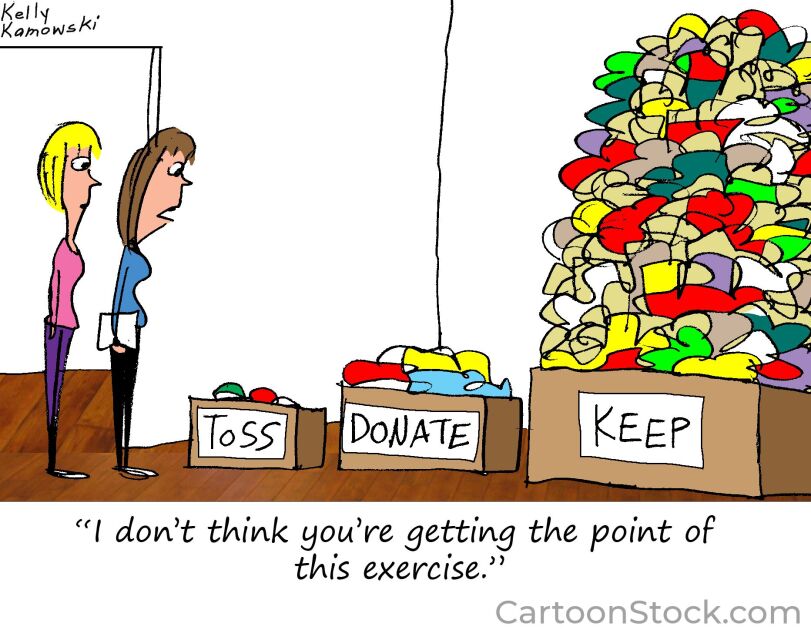With the release of Scott McClellan’s tell-all, everyone’s been asking whether the press did its due diligence on the Iraq war. Closer to home, last week’s Newsweek article provides similar occasion for us to reflect on the press coverage of small schools over the last six years.
Let me first throw in my prejudices about small schools - I like them. I followed the first wave of small schools that opened in the 1990s, and was thrilled when the Gates Foundation put up millions of dollars for the second wave. And I am willing to believe that students will be more attached to school in smaller schools.
All that said, what should we make of the endless parade of glowing stories about how much better small schools are doing than their predecessors? If any of these reporters had perused the basic stats, they would have uncovered that these schools are not serving the same population. (Needless to say, in my excitement about the Gates Foundation’s grant back in 2003, I did not anticipate that small schools would have the effect of clearing out the old students, replacing them with higher achieving ones, and pushing the leftover students into increasingly crowded large schools.)
Over the course of the year, I’ve made tables comparing the new and old populations at three different NYC high schools that have been converted into small schools: Evander Childs High School in the Bronx, Bushwick High School in Brooklyn, and now Morris High School in the Bronx, the subject of the Newsweek article. As stunning as the differences between the old large and new small school populations is the fact that few reporters covering small schools (save Sam Freedman, who sadly wrote his last column this morning) have bothered to ask if these populations were different, and if so, why.
Why has the press missed the boat? I’m not sure. Here are some ideas:
* Math is Hard: Reporters are trained to write and report, not to analyze data. It’s unsurprising that they’ve avoided the city’s statistical treasure troves. But that answer is unsatisfying to me - these are all bright people.
* Positive Story Starvation: Jay Mathews offers a different answer in reflecting on reporting about KIPP, “I understand why we education reporters try to make KIPP sound like more than it is. We are starved for good news about low-income schools. KIPP is an encouraging story, so we are tempted to gush rather than report. We don’t ask all the questions we should.” Maybe this explains some of the puff pieces, but still falls short of a full explanation.
* All City Kids are the Same: Perhaps the problem runs deeper than training and optimism. Too many people assume that because the kids in the old school were black and brown and poor, and those in the new school are as well, they must be the same.
* Everyone Loves Individualization: skoolboy weighs in with this thought: “The small school model is so appealing because it taps into a variety of modern narratives. Small schools are personal, provide more customized (i.e., middle-class) educations, and therefore can compensate for the breakdown of families and other social institutions in central cities. In this view, whoever is served by these schools is better off than they were before, and those who were in the schools before just get ignored.”
* Power and Money Talk: Small schools are backed by big foundations. Money buys, and helps to influence, evaluations conducted by firms that are contract dependent. Money also buys PR - and a lot of money buys the best PR money can buy.
Any thoughts?
The table below shows the characteristics of the entering 9th graders at Morris High School before small schools started opening there, and the characteristics of 9th graders at the new small schools: the School for Excellence, the High School for Violin and Dance, Bronx Leadership Academy, Bronx International High School and the Morris Academy for Collaborative Studies. Particularly notable are the lower concentrations of full-time special education students, students qualifying for free lunch, students who were below grade level in reading and math, and English Language Learners (with the exception of Bronx International, which is a school specifically for ELL students). If you click over to the links above, you’ll see this was also the case with Evander Childs and Bushwick High School.
Characteristics of Entering 9th Graders, Morris High School and New Small Schools



